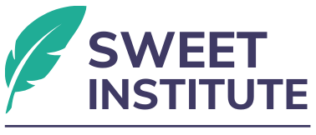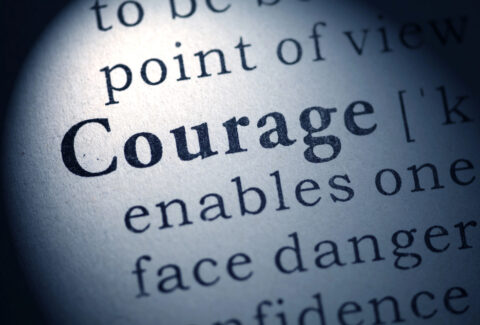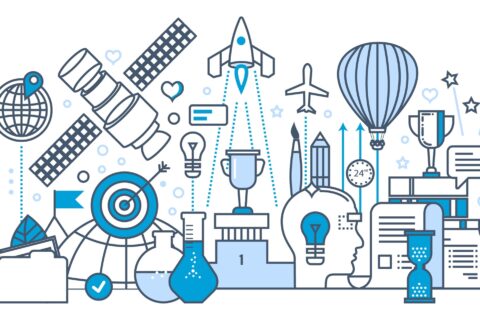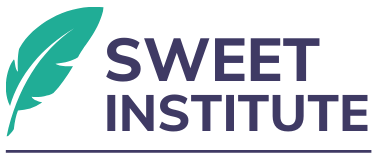The Courage to Become: Embracing Transformation and Unleashing Potential
In the journey of life, becoming who we are truly meant to be requires immense courage.[1] The courage to become encompasses the bravery to embrace change, confront challenges, and pursue our deepest aspirations. It involves shedding old identities, stepping into the unknown, and continuously evolving. This transformation is not a single act but an ongoing process that demands resilience, self-reflection, and an unwavering commitment to growth.
The Nature of Becoming
Becoming is a dynamic and lifelong process. It is about more than achieving goals or reaching milestones; it is about evolving into our most authentic selves.[2] This journey involves discovering our passions, values, and purpose, and aligning our actions with these core elements. It requires us to question the status quo, break free from limiting beliefs, and take bold steps toward our dreams.
The Fear of Change
Change is inherently uncomfortable. It disrupts our routines, challenges our perceptions, and often brings uncertainty. The fear of change[3] can manifest as doubt, insecurity, and resistance. We may cling to familiar patterns and identities, even when they no longer serve us, simply because they are known and safe. However, true growth and fulfillment lie beyond the comfort zone.[4]
Embracing the Unknown
The courage to become means embracing the unknown. It involves taking risks, making mistakes, and learning from them. Each step into uncharted territory is an opportunity for growth and self-discovery.[5] When we face the unknown with courage, we open ourselves to new possibilities and experiences that can shape our journey in profound ways.
Cultivating the Courage to Become
- Self-Reflection and Awareness: Understanding ourselves is the foundation of becoming. Regular self-reflection helps us identify our strengths, weaknesses, passions, and values. This awareness guides our decisions and actions, ensuring they align with our true selves.[6]
- Embrace Vulnerability: Vulnerability[7] is often seen as a weakness, but it is a powerful aspect of courage. Embracing vulnerability means acknowledging our fears, uncertainties, and imperfections. It allows us to connect deeply with ourselves and others, fostering authenticity and resilience.
- Set Intention and Vision: Having a clear vision of who we want to become provides direction and motivation. Set intentions[8] that align with your values and aspirations. Visualize your future self and the steps needed to get there. This vision will serve as a guiding light through challenges and setbacks.
- Take Incremental Steps: Becoming is not an overnight transformation. It is a series of small, deliberate actions that lead to significant change over time. Break down your goals into manageable steps and celebrate each milestone along the way.
- Seek Support and Mentorship: Surround yourself with supportive individuals who encourage your growth. Seek mentors[9] who have walked similar paths and can offer guidance and wisdom. A strong support network provides motivation, accountability, and reassurance during challenging times.
- Practice Resilience: Resilience is the ability to bounce back from setbacks and continue moving forward. Cultivate resilience[10] by developing a growth mindset, viewing challenges as opportunities for learning and improvement. Remember that setbacks are a natural part of the journey and do not define your worth or potential.
The Impact of Becoming
The courage to become not only transforms our own lives but also inspires those around us. When we embrace our true selves and pursue our passions, we create a ripple effect that encourages others to do the same. Our journey of becoming can lead to meaningful contributions to our communities and the world, as we bring our unique talents and perspectives to the forefront.
Real-Life Examples of Courage to Become
Consider the stories of individuals like Oprah Winfrey, who transformed her challenging early life into a platform for empowerment and change, or Nelson Mandela, who evolved from a prisoner to a global symbol of peace and reconciliation. Their journeys of becoming were marked by immense courage, resilience, and a commitment to their vision.
Conclusion
The courage to become is a powerful force that propels us toward our highest potential. It requires us to embrace change, confront our fears, and take bold steps toward our dreams. By cultivating self-awareness, embracing vulnerability, setting clear intentions, taking incremental steps, seeking support, and practicing resilience, we can navigate the journey of becoming with confidence and grace. Let us embark on this journey with courage, knowing that each step we take brings us closer to our true selves and inspires others to do the same. In the end, the courage to become is not just about achieving our goals but about living a life that is authentically and uniquely our own.
[1] Connolly, William E. “A world of becoming.” Democracy and Pluralism. Routledge, 2009. 234-247.
[2] Shotter, John. Becoming someone: Identity and belonging. Newbury Park, CA: Sage, 1993.
[3] Newton, Alicia. “Fear of Change and the Courage to Overcome.” Nursing for Women’s Health 23.5 (2019): 459-460.
[4] Stiles, Enid. “What makes us uncomfortable helps us change.” The Canadian Veterinary Journal 61.11 (2020): 1135.
[5] Frankel, Estelle. The wisdom of not knowing: Discovering a life of wonder by embracing uncertainty. Shambhala Publications, 2017.
[6] Ardelt, Monika, and Sabine Grunwald. “The importance of self-reflection and awareness for human development in hard times.” Research in Human Development 15.3-4 (2018): 187-199.
[7] Adger, W. Neil. “Vulnerability.” Global environmental change 16.3 (2006): 268-281.
[8] Dyer, Wayne W. The power of intention. Hay House, Inc, 2005.
[9] Platz, Joseph, and Neil Hyman. “Mentorship.” Clinics in colon and rectal surgery 26.04 (2013): 218-223.
[10] Wu, Gang, et al. “Understanding resilience.” Frontiers in behavioral neuroscience 7 (2013): 10.









